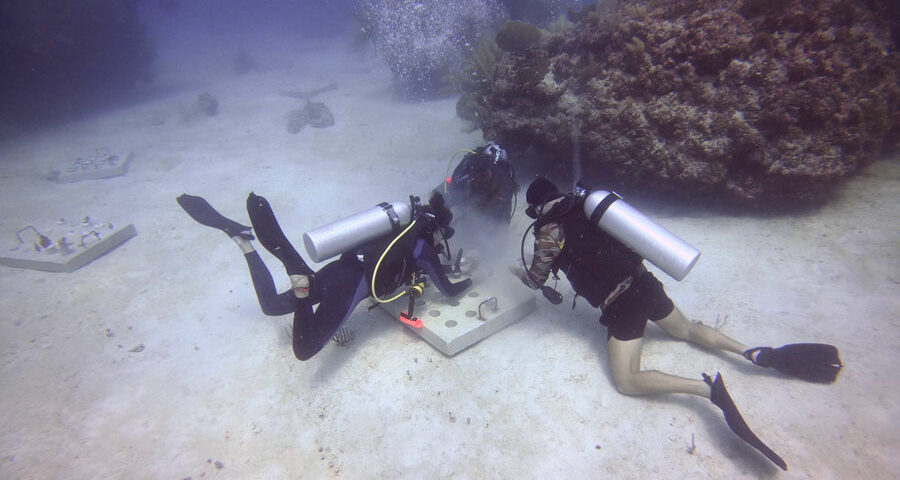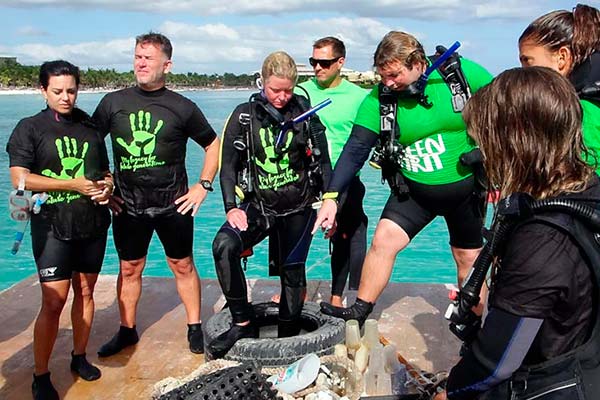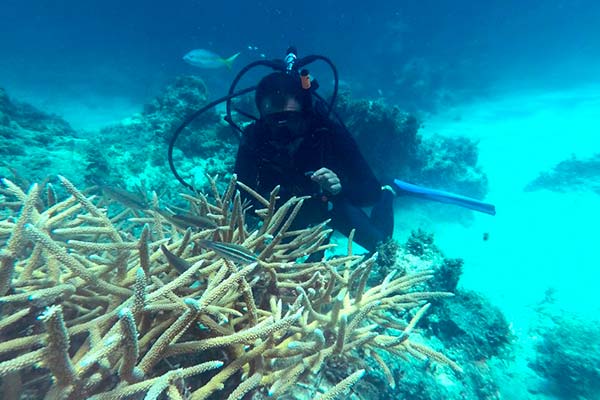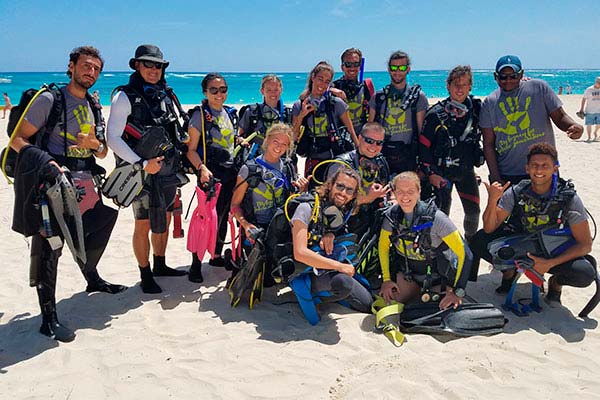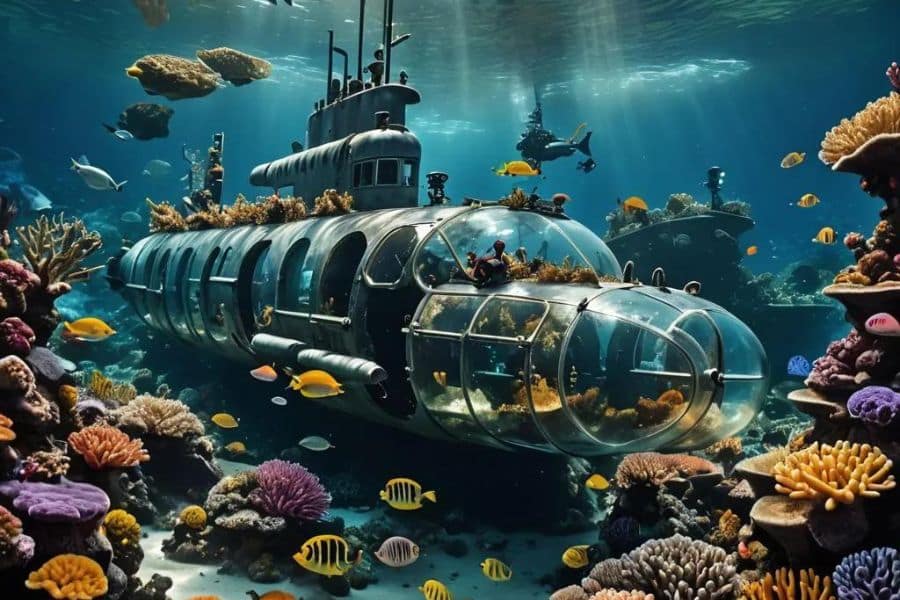1. Green Diving: A Sustainable Approach to Scuba
Yes, we can enjoy diving while also being responsible and taking care of the environment. It’s called sustainable diving or, in other words, green diving.
A sustainable diver is responsible, for taking into account the protection of the environment and supporting local communities that depend on it. Green diving means following proper diving practices, like not touching or damaging marine life and not leaving trash. Also, it’s important to choose dive operators that are responsible and respect the environment and local communities. And the best part is, you can easily spot a green diver because they get involved in marine conservation while enjoying their underwater adventures.
Moreover, green diving can involve education and support for marine research and conservation. Green divers learn about marine life and environmental issues. They also tend to contribute to research and conservation projects, like coral reef monitoring, ocean trash removal, and marine life rehabilitation programs.
2. Green Diving Industry
If you’re like us, you probably can’t get enough of exploring the underwater world. But here’s the thing – we need to make sure we’re doing it in a sustainable way! That’s where green diving comes into the scuba industry.
Green diving means being responsible and taking care of the environment while we indulge in our love for diving.
Dressel Divers’ Go Green project, is aimed at promoting green diving practices. How do we do that?
Dressel Divers complies with the law, follows social commitment guidelines, and shows the sustainable diving code of conduct with its 8 green diving principles
The entire Dressel Divers team is committed to the philosophy of sustainable diving, and they strive to be role models.
The company also avoids non-reusable plastics and promotes recycling.
Dressel Divers’ Go Green project develops environmental actions in the Caribbean area, such as coral transplants, collaborative coral nursery maintenance projects, and scientific research collaborations.
If you want to know more, we invite you to read the article Sustainable Diving, How Can the Diving Industry Contribute to It.
In it, we discuss how to dive green and protect the environment meanwhile support local communities. It covers topics such as reducing waste and pollution, green diving practices, choosing eco-friendly dive operators, and supporting conservation efforts. The article also highlights the importance of education to the new green divers’ awareness.




